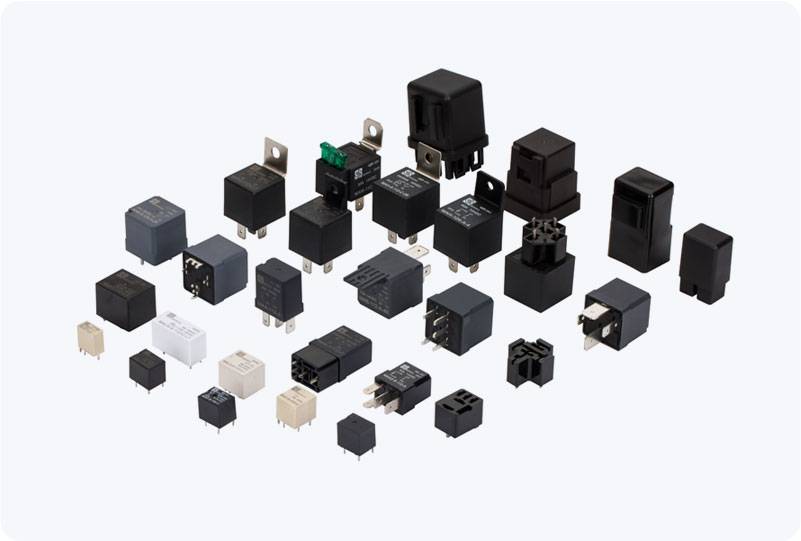In the world of electrical and electronic systems, relays play a crucial role in controlling circuits, especially when it comes to high-voltage and high-current applications. Among the most robust types of relays are the high-power DC relays, designed to handle substantial voltage and current. The 1000V 500A DC relay is one such example, providing critical functionality in systems where safety, reliability, and efficiency are paramount. This article delves into the characteristics, working principles, applications, and challenges associated with the 1000V 500A DC relay.

What is a 1000V 500A DC Relay? A 1000V 500A DC relay is a high-performance switching device designed to control the flow of direct current (DC) in circuits that operate at high voltage and current levels. With the ability to handle up to 1000 volts and 500 amps of direct current, this type of relay is engineered to withstand extreme electrical loads, making it ideal for high-demand applications. Unlike standard AC relays, DC relays require more careful design due to the characteristics of DC current. Since DC does not naturally alternate like AC, it does not reach zero voltage, meaning electrical arcs are more likely to occur when switching. As such, the design of the 1000V 500A DC relay must include specialized arc-extinguishing technology to prevent damage to the relay and ensure smooth, safe operation.